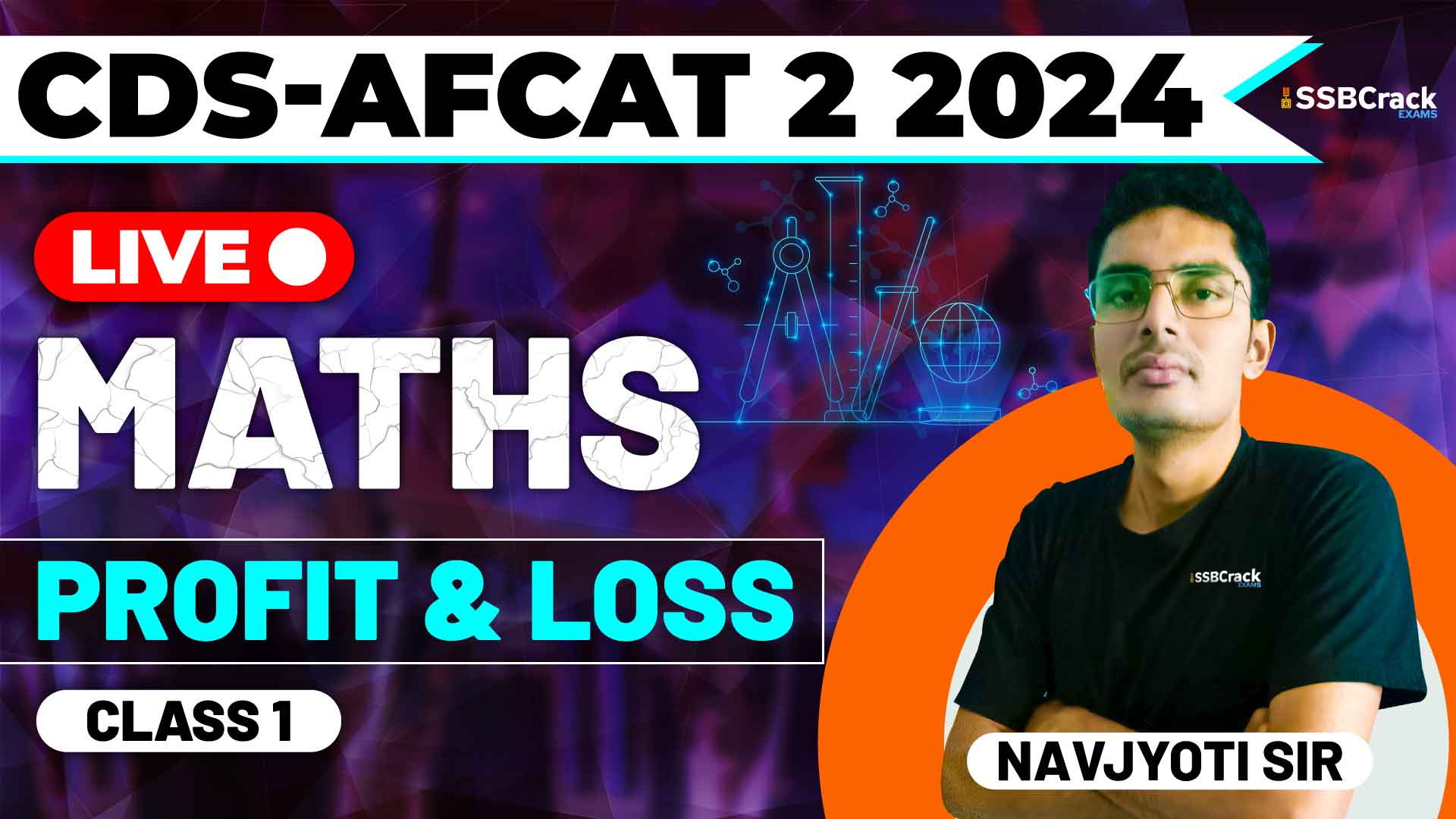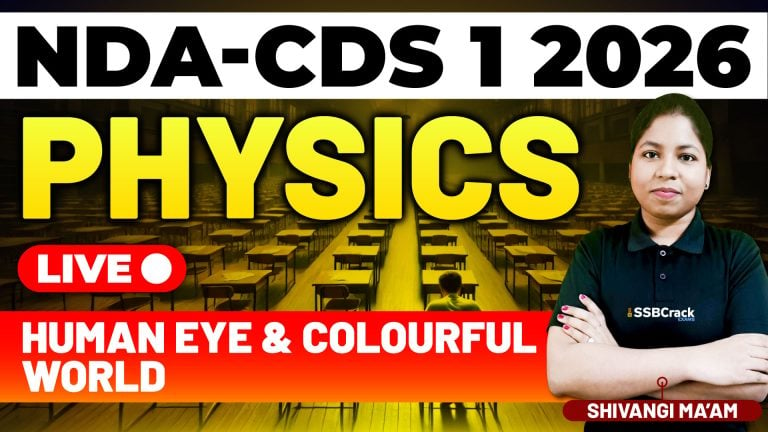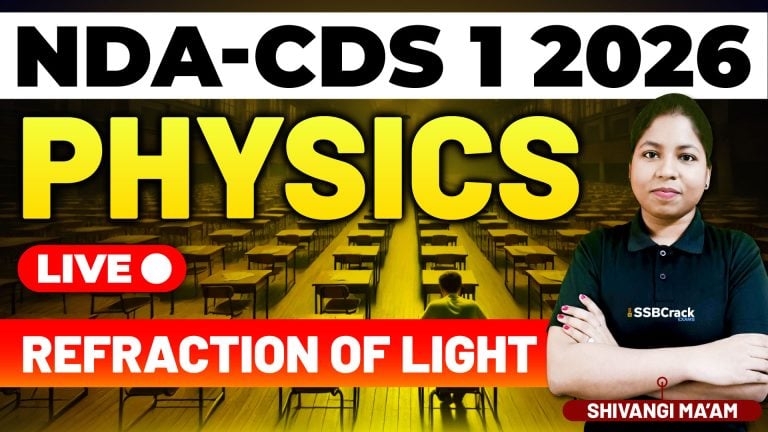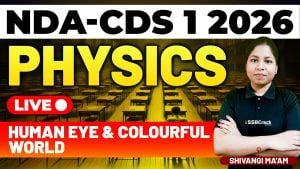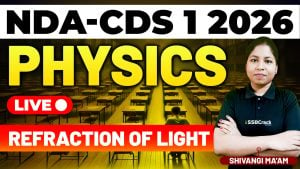Profit and loss calculations are a crucial part of the mathematics syllabus for competitive exams like the Combined Defence Services (CDS) and Air Force Common Admission Test (AFCAT). A thorough understanding of these concepts is essential for success in these exams. This blog aims to provide a comprehensive guide to mastering profit and loss, including key definitions, essential formulas, and strategies for solving multiple-choice questions (MCQs) effectively.
Understanding Profit and Loss
In business transactions, profit and loss calculations help determine the financial outcome of buying and selling goods or services. These calculations are fundamental for evaluating business performance and making informed financial decisions.
Key Concepts
- Cost Price (CP): The price at which an item is purchased.
- Selling Price (SP): The price at which an item is sold.
- Profit: When the selling price is higher than the cost price. Profit = SP – CP.
- Loss: When the cost price is higher than the selling price. Loss = CP – SP.
- Profit Percentage: A measure of profit relative to the cost price.
- Loss Percentage: A measure of loss relative to the cost price.
Essential Formulas
To efficiently solve profit and loss problems, you need to be familiar with a few key formulas. While we’ll avoid mathematical notation, understanding the relationships is crucial.
- Profit Calculation:
- Determine the profit by subtracting the cost price from the selling price.
- Loss Calculation:
- Determine the loss by subtracting the selling price from the cost price.
- Profit Percentage:
- Find the profit percentage by dividing the profit by the cost price, then multiplying by 100.
- Loss Percentage:
- Find the loss percentage by dividing the loss by the cost price, then multiplying by 100.
Advanced Concepts in Profit and Loss
Beyond the basic concepts, there are advanced topics that may be tested:
- Mark-up and Discounts: Questions may involve scenarios where a product is marked up from its cost price and then sold at a discount.
- Successive Selling: This involves calculating profit or loss when an item is sold more than once.
- False Weights and Measures: Some questions might involve deceit in weights and measures, affecting the actual profit or loss.
These are going to be discussed in the next class.
Preparing for the Exam
- Regular Practice: Solve as many MCQs as possible from various sources. This helps in understanding different types of questions and their difficulty levels.
- Mock Tests: Take mock tests under timed conditions to simulate the actual exam environment. This helps in improving speed and accuracy.
- Analyze Mistakes: Review and analyze mistakes made during practice or mock tests. Understanding where you went wrong is crucial for improvement.
- Study Groups: Engaging in study groups can provide new perspectives and problem-solving techniques.
- Reputable Resources: Use reliable study materials and online resources that offer a wide range of practice questions and detailed solutions.
Conclusion
Mastering Profit and Loss concepts is vital for success in the CDS and AFCAT exams. By understanding the fundamentals, practicing regularly, and using strategic approaches to problem-solving, you can enhance your proficiency in this area. Remember, each practice session brings you closer to achieving your goal. Stay focused, practice diligently, and approach each problem with a clear, analytical mind. Good luck!
By following these guidelines and regularly engaging with the material, you’ll be well-prepared to tackle any Profit and Loss questions that come your way in the CDS and AFCAT exams.
